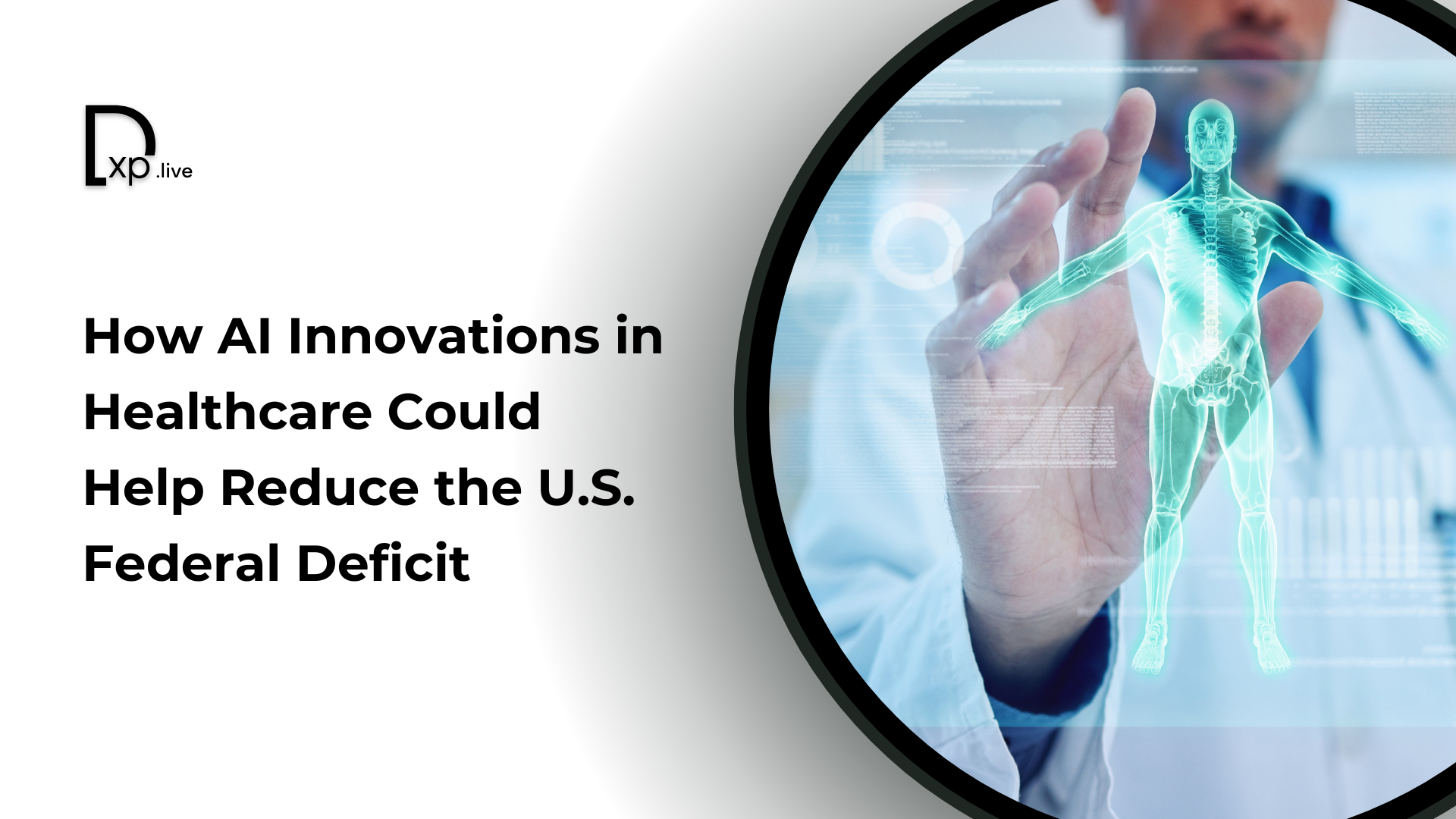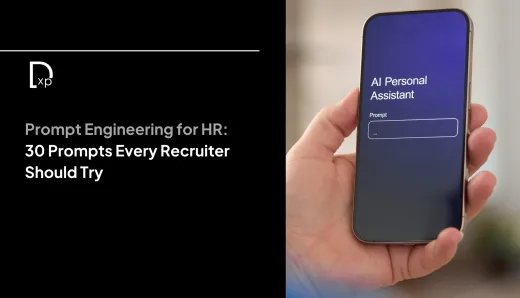How AI Innovations in Healthcare Could Help Reduce the U.S. Federal Deficit

Artificial intelligence (AI) is transforming industries, but its potential in healthcare could revolutionize both patient outcomes and economic stability. With mounting pressure on the U.S. fiscal budget, integrating AI in healthcare offers a dual opportunity: improving medical efficiency while reducing costs. From streamlining administrative processes to optimizing patient care, artificial intelligence healthcare savings are becoming a critical solution. This article explores how AI innovations can address healthcare inefficiencies, significantly contributing to reducing the U.S. deficit with AI-driven solutions. Discover the transformative role of AI in building a sustainable future for healthcare and the economy.
Subscribe now to uncover how AI is transforming healthcare, cutting costs, and reshaping the U.S. economy—don’t miss these groundbreaking insights!
Understanding the U.S. Healthcare Expenditure
The United States of America consumes approximately four trillion US dollars on healthcare services every year and of this amount, a quarter is spent on the cost of administration. Such processes as billing and compliance impede the system, are costly, and put a lot of stress on the financial setup.
Overall, outlay on the health sector is a major constituent in the federal deficit. When costs increase so does the need for such applications as such as AI in healthcare. However, there are inefficiencies that AI can address easily, for instance, by freeing up time through automation of routine activities such as administration or through better use of the resources.
Savings that artificial intelligence can bring to healthcare include diagnosis and patient care. By improving accuracy, diminishing mistakes, and streamlining operations, AI provides a blueprint for two objectives – shrinking the U.S. deficit with AI and advancing healthcare.
The Role of AI in Healthcare

Administrative Efficiency
Machine learning in doctors’ practices is making headways in the improvement of clinical administrative work, holding a promise to reduce USD 300 billion- USD 360 billion annually from the United States health care system. This drastic saving has shown how artificial intelligence healthcare solutions are helping offset the US deficit with AI to make the system more effective.
Clinical Improvements
Machine learning boosts diagnosis precision and cures plans enhancing patient results and decreasing costs. Such innovation in artificial intelligence aspects of healthcare brings better outcomes for patients’ clinical encounters while creating content that possesses EEAT traits of expertise, authority, and reliability in conjunction with Google standards.
AI's Potential to Reduce the Federal Deficit

Economic Projections
There are so many possibilities for using AI to curb the U.S. federal deficit. AI may ease annual budget deficits by 1.5% of GDP by 2044 through integration into public systems based on the Brookings Institution. Reducing delays in procedures amounts to about a fifth of the current annual deficits and is the overall evidence of how implementing AI solutions at a national level yields long-term fiscal gains.
Productivity Gains
The realization of AI in the healthcare context can thereby result in considerable artificial intelligence healthcare savings. Further refinements could be made to diagnostics, therapy, and patient care management that would place a spectacular dent in public health care expenses. This and better labor productivity as a consequence of the application of AI demonstrates the way to decrease the deficit with the USA by applying artificial intelligence technologies as well as the ways to achieve economic benefits and maintain the growth of the fiscal.
Challenges and Considerations

Implementation Costs: The first realization was that the integration of AI in healthcare delivery is costly in terms of technology, infrastructure, and training needed to implement it. These issues must be met by scalable solutions and efficient resource distribution to ensure that access is quickly and easily facilitated.
Ethical and Privacy Concerns: There is a need to protect patient's data and reduce biases in AI algorithms. Both organizations and individuals have to be legal and transparent as much as possible in order to avoid and reduce risks. The elimination of these barriers may pave the way for AI healthcare cost savings and decrease the US deficit with AI technology.
Public Perception and Adoption of AI in Healthcare

Awareness
People are familiar with AI in the context of healthcare and nearly every third American is ready to accept AI as their personal doctor. Unfortunately, few are aware of them and even fewer comprehend how it is used in medicine; only 33% of respondents demonstrated adequate knowledge in this field.
Concerns
The main issues of privacy, ethical concerns, and concerns of over-dependence on artificial intelligence were shared both by the patients and providers. All these issues act as hindrances to the total integration of artificial intelligence in healthcare.
Adoption
Some survey findings reveal that the workers in the healthcare industry use AI a little even though AI has been revealed to make it efficient hence increasing the deficit of the USA with AI improved and enhanced healthcare savings. This cautious approach is perhaps best understood given that implementing an integrated approach requires the development of trust.
Building Trust
Honesty and information have to be provided as a response to worries and as a way to trust. Focusing on the positive cases and promoting specifications of appropriate AI use can also contribute to faster adoption and bring most of the positive effects observed in the sphere of healthcare.
How AI is Shaping the Future of Healthcare in America

AI in healthcare is set to revolutionize the industry by 2030, driving advancements in personalized medicine. It will empower precise diagnostics and targeted treatments, significantly improving patient outcomes.
Artificial intelligence healthcare savings will be achieved through the automation of administrative tasks and resource management, streamlining operations, and cutting costs.
Reducing the U.S. deficit with AI is a key economic benefit, as widespread adoption could save billions in healthcare costs annually, easing fiscal pressures.
Ethical considerations and regulations are essential to prevent bias, ensure safety, and build trust as AI continues to transform U.S. healthcare.
In summary, AI in healthcare offers a transformative opportunity to improve patient outcomes while addressing fiscal challenges. By leveraging artificial intelligence healthcare savings, policymakers and healthcare leaders can implement innovative solutions that optimize care delivery and operational efficiency. This approach has the potential to significantly contribute to reducing the U.S. deficit with AI. Collaboration between government, healthcare institutions, and technology providers is essential to harness these benefits fully. Prioritizing the integration of AI-driven tools not only fosters sustainable economic growth but also ensures equitable and efficient healthcare access for all Americans. The time to act is now—embrace AI for a healthier, more sustainable future.
FAQs:
1. How will AI help the economy in healthcare?
AI will improve the healthcare economy by enhancing efficiency, reducing administrative costs, and providing faster and more accurate diagnostics. It helps prevent unnecessary treatments, optimizes resources, and enables better patient outcomes, ultimately saving billions for both providers and the government.
2. How is AI used in healthcare in the US?
In the US, AI is widely used for medical imaging, disease prediction, and treatment planning. It streamlines administrative tasks like billing and patient scheduling, helps in drug discovery, and provides insights for more effective healthcare delivery, improving both efficiency and patient satisfaction.
3. How is AI used in the US government?
The US government uses AI to monitor public health trends, enhance veterans’ healthcare, and detect fraud in programs like Medicare. AI also supports research and policy-making by analyzing large datasets to identify areas for improvement in healthcare services.
4. How does AI reduce costs in healthcare?
AI reduces costs by automating repetitive tasks, improving diagnostic accuracy to avoid unnecessary tests, and preventing hospital readmissions. It optimizes resource allocation and accelerates drug development, leading to significant savings across the healthcare system.



